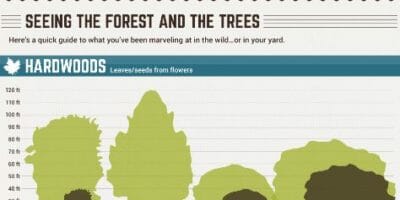Tree Elimination Aftercare: Ideal Practices For Landscape Recovery
Tree Elimination Aftercare: Ideal Practices For Landscape Recovery
Blog Article
Web Content By-McMillan Deal
After a tree's elimination, your landscape may look quite different, and it's essential to evaluate the consequences carefully. You'll wish to assess the dirt disturbance and examine surrounding plants for any type of signs of stress and anxiety. Overlooking these aspects can bring about larger issues down the line. So, what should you make with those stumps and origins? And exactly how do you select the best plants for your rejuvenated space? Allow's explore these essential actions.
Analyzing the Results: Reviewing Your Landscape
After a tree elimination, it's important to assess your landscape to comprehend the effect it has on your lawn.
Start by taking a look at the area where the tree stood. Search for indicators of soil disruption, and inspect the surrounding plants for any type of tension or damages.
You should likewise take note of how the removal has transformed sunshine exposure and airflow in your yard. visit the following post can affect the growth of nearby plants, so it's essential to evaluate their wellness.
Consider https://www.theatlantic.com/ideas/archive/2020/05/cruel-summer-young-americans/612154/ might create an open space that you can revamp.
Lastly, think about any type of possible erosion concerns that may develop from the tree's lack. Addressing these elements early will help bring back equilibrium to your landscape.
Dealing With Stumps and Roots: Options for Removal
Once you've assessed the results of the tree elimination, you'll likely require to take on the stump and roots left.
You have a couple of choices for elimination. One reliable technique is stump grinding, where a specialist makes use of a device to grind the stump to below ground level. This method leaves minimal interruption to your landscape.
If you choose a do it yourself approach, you can utilize a mix of digging and chemical stump removers. Simply bear in mind, this process can take some time and initiative.
Alternatively, take into consideration leaving the stump as an all-natural feature, which can function as a distinct garden aspect or environment for wildlife.
Whatever you select, dealing with the stump and roots is important for restoring your landscape.
Picking the Right Plant Kingdoms for Your New Area
As you examine your freshly gotten rid of space, selecting the right plants can considerably boost your landscape's beauty and performance.
Beginning by thinking about the sunlight and soil conditions. For sunny areas, select drought-resistant plants like lavender or succulents. In shaded spots, ferns and hostas thrive well.
Think about the size and growth behaviors of your plants; mix perennials and annuals for seasonal variety. Don't forget to integrate indigenous species; they require less upkeep and support local wild animals.
Group plants in strange numbers for an extra natural appearance and develop layers for aesthetic deepness.
Ultimately, guarantee you have a mix of colors and textures to keep your landscape vibrant throughout the seasons.
Pleased growing!
Conclusion
In conclusion, recovering your landscape after tree removal is a satisfying process. By examining the aftermath, addressing stumps and origins, and picking the right plants, you'll develop a successful setting. see page to incorporate disintegration control actions to secure your soil. With a little initiative and care, you can transform your area right into a lively garden that enhances your property. Embrace the possibility to invigorate your landscape and appreciate the appeal of nature right in your backyard!
